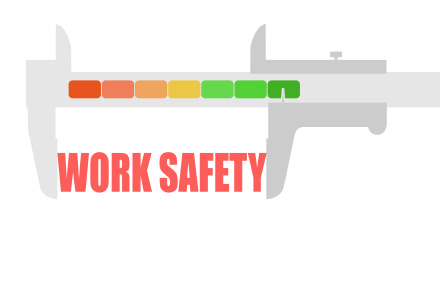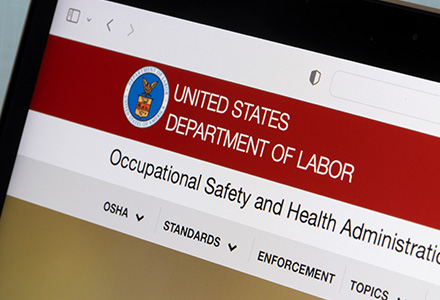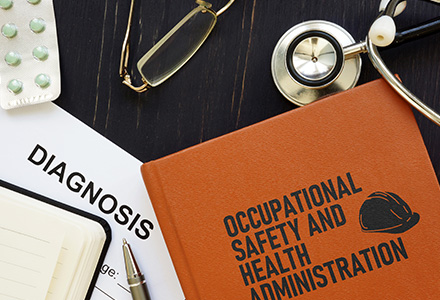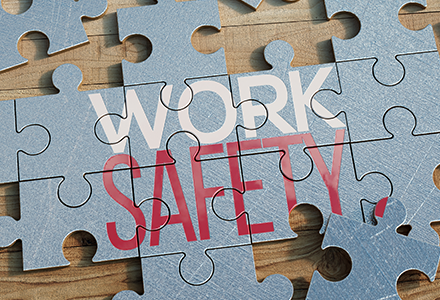Safety Net Blog
MEMIC's all about workplace safety blog since 2008! Easy-to-read safety advice combines with email delivery to give you a whole new way to keep your safety program on track. If you'd like to search a topic not listed, please use the overall site search at the top right.

Small But Mighty: Implementing a Successful Safety Program for Small Businesses
Workplace safety is crucial for small businesses to create a productive and efficient environment, reducing injuries, costs, and boosting employee morale. OSHA offers valuable resources for establishing effective safety programs, including its Small ...

Better To Be Safe Than Sorry: Prepare to Handle Violence
The rise in workplace violence incidents requires employers to prioritize safety by implementing comprehensive policies and strategies. Data shows an alarming number of nonfatal injuries and workplace homicides due to intentional harm. Employers shou...

Securing Success: The Vital Role of Safety Performance Metrics in Workplace Well-being
This MEMIC blog emphasizes the importance of prioritizing safety performance measurement to maintain a proactive safety culture and improve workplace well-being. The analysis of injury and incident rates, leading indicators, safety audits and inspect...

Celebrating a Safe and Neurodiverse Workforce
In this edition of the MEMIC Safety Net Blog, the focus is on promoting workplace safety and inclusivity for neurodiverse individuals. It highlights the unique needs and challenges faced by individuals with conditions like autism, dyslexia, and ADHD,...

The Overall Benchmark for Safety Performance: Keeping People Safe
OSHA has made significant strides in workplace safety since 1970, reducing worker deaths per day from 38 to 15. It's crucial to go beyond compliance, adapting safety measures to changing hazards and regulations. Compliance alone may not suffice, with...

OSHA Recordkeeping: Timing is Everything (Part 3 of 3)
In this final installment of the “who, how, and what” of OSHA recordkeeping, we address the “when and how”. Timely recordkeeping is crucial, with OSHA 300 log entries required within seven days of a recordable incident. For accurate details, consult ...

New Year, New OSHA Log (Part 2 of 3)
In Part 2 of the blog series, "OSHA Recordkeeping: New Year, New OSHA Log," the focus shifts to the "what" questions surrounding the OSHA 300 Log. Employers are guided through the complexities of recording work-related injuries/illnesses, including.....

OSHA Recordkeeping: Who, How, What, When and Why? Oh My! (Part 1 of 3)
In this blog series, employers are guided through OSHA injury recordkeeping by adopting a reporter’s mindset, addressing fundamental questions of who, how, what, when and why. Part one explores “who” must keep records and “how.” It delves into OSHA r...

4 Pieces to the Risk Assessment Puzzle
For Terry Dussault, crafting a clear safety picture from disparate parts is part personal, part technological.

Want to Enhance your Leadership? Work on your MBWA!
“Management by walking around” isn’t some fad management style; it’s a decades-old, mostly cost-free leadership technique that’s been proven to engage workers and to help them become active stakeholders in your safety initiatives.
Subscribe to the
Safety Net Blog
Get notified when new blog posts are published.
